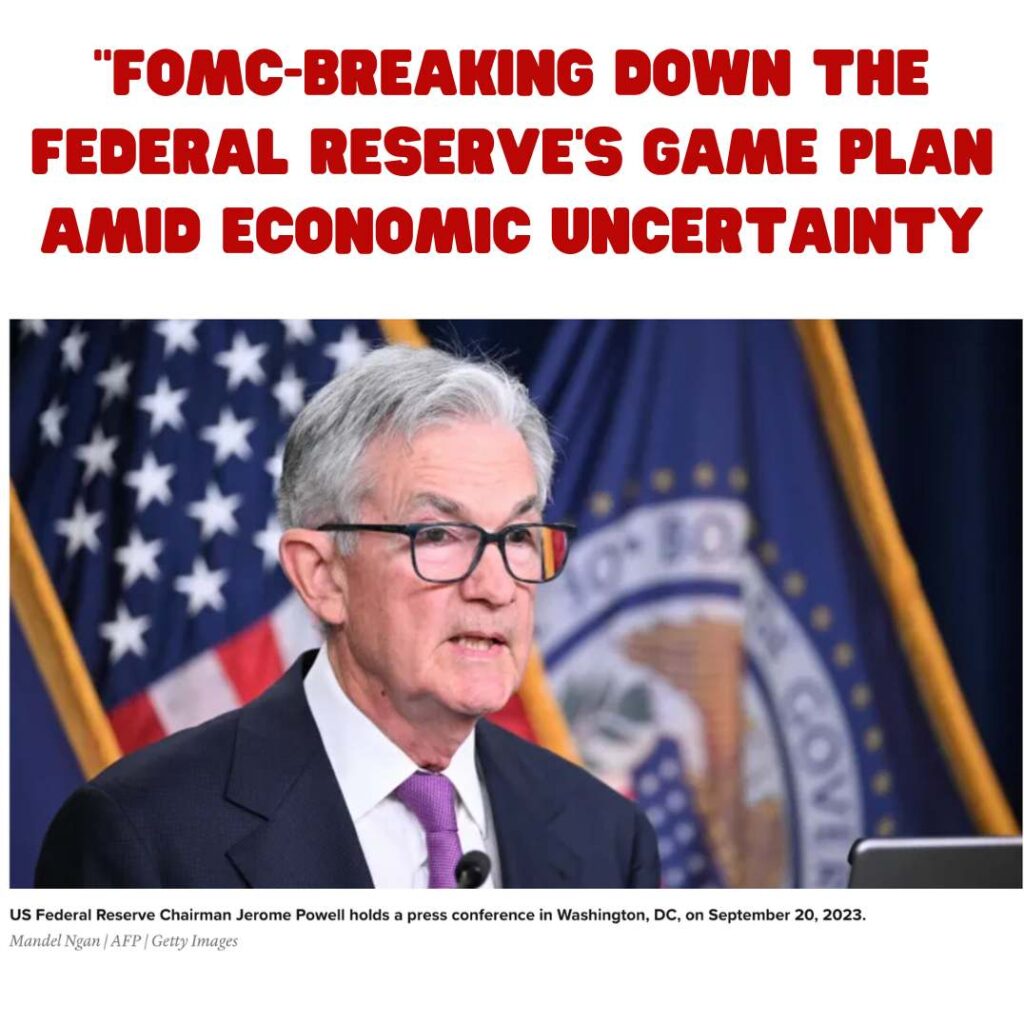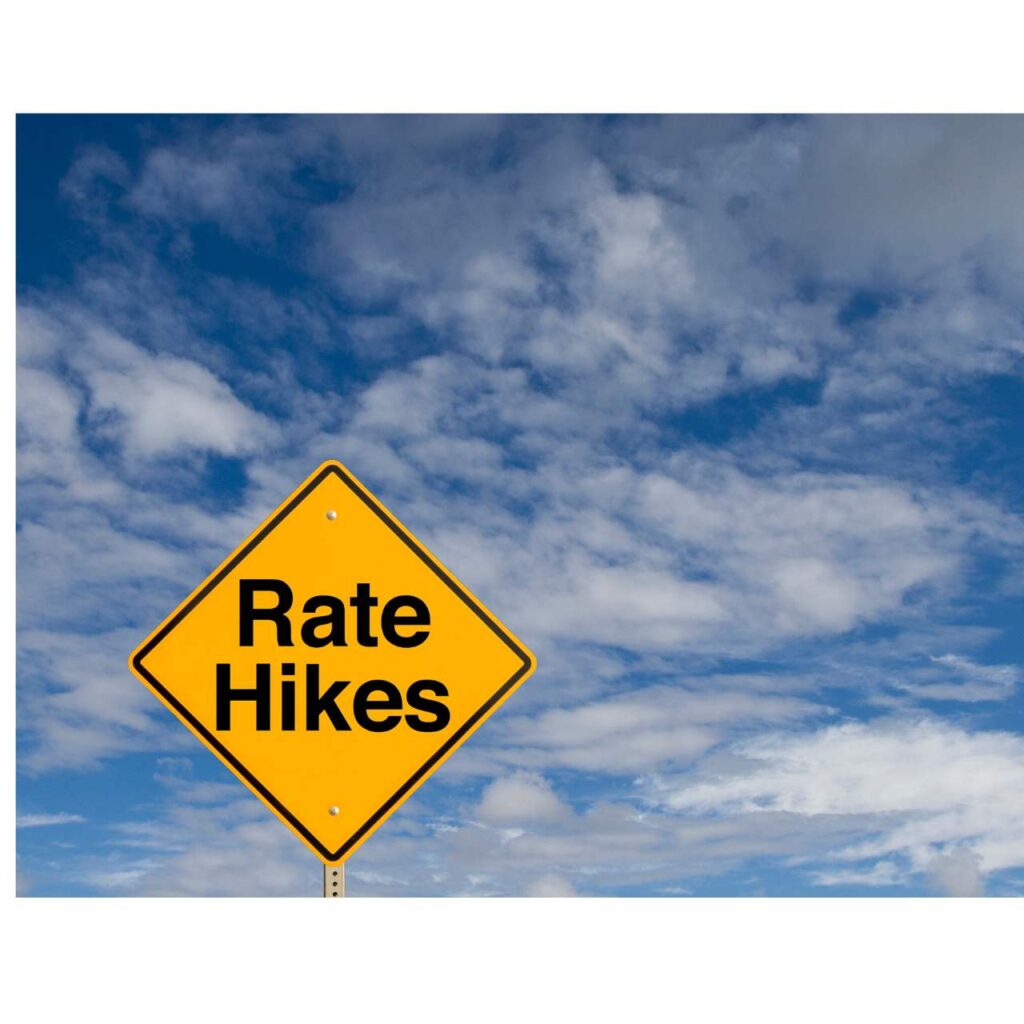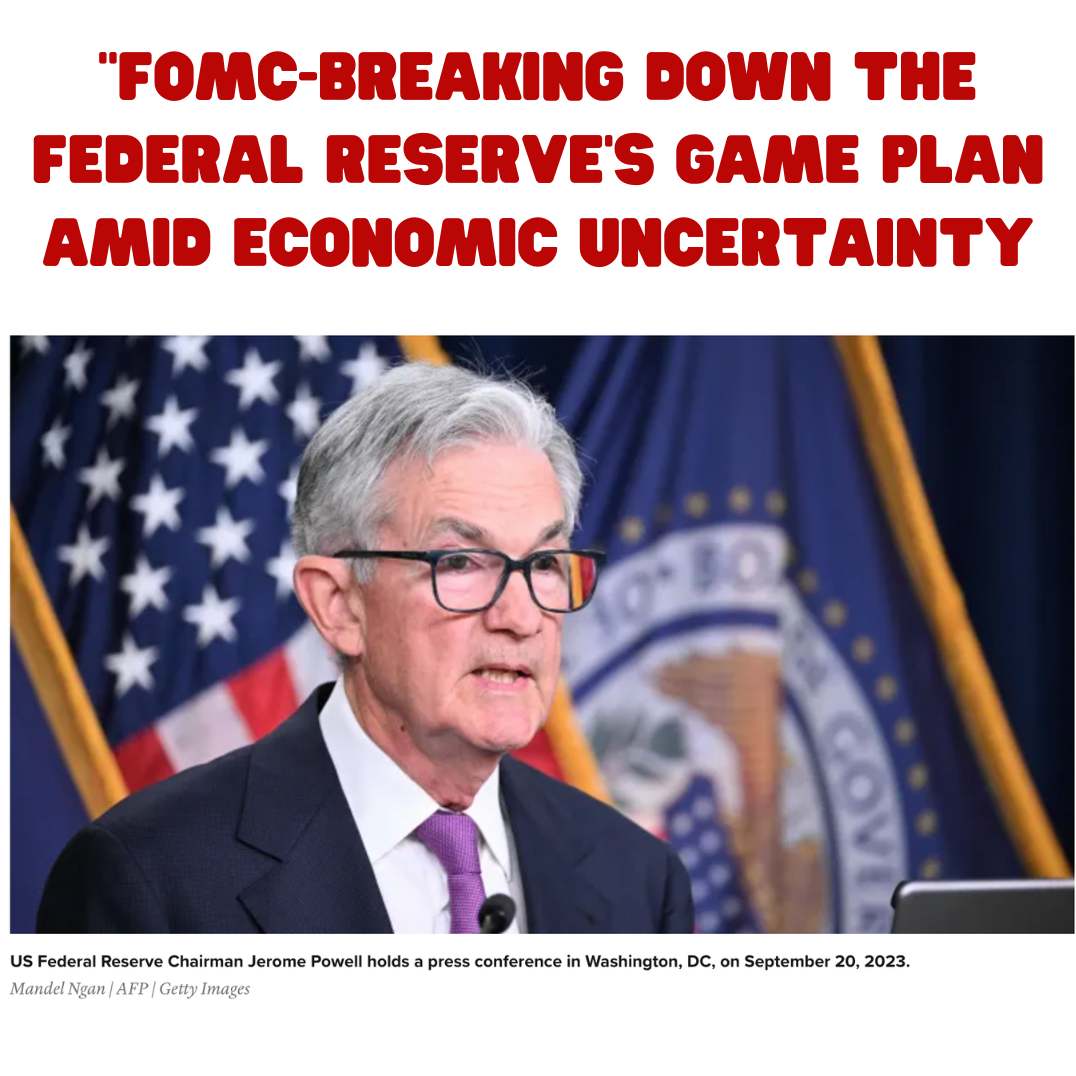Introduction
The recent decision by the Federal Reserve to maintain the current interest rates reflects a nuanced approach to an ever-changing economic landscape. With rising bond yields, fluctuating inflation, and increasing geopolitical risks, the Federal Reserve faces a delicate balancing act. As the Federal Open Market Committee (FOMC) gathered for its policy meeting, expectations centered on the central bank’s second consecutive decision to refrain from raising interest rates in the ongoing policy-tightening cycle.
Federal Reserve’s Policy Decision
The FOMC’s choice to keep the benchmark federal funds rate unchanged, within the range of 5.25% to 5.50%, was widely anticipated. According to the CME FedWatch Tool, there was a 99.6% probability that the decision would lean in this direction. This decision underscores the Federal Reserve’s cautious and measured approach in light of the complex economic dynamics at play.
The Path Ahead
The world’s attention now shifts to deciphering the signals embedded in the FOMC’s forthcoming statement and Chair Jerome Powell’s press conference. The primary focus remains on the potential rate decision for the final meeting of the year in December.
Analysts anticipate that the central bank will maintain a hawkish tone, emphasizing its commitment to data-driven decision-making. Powell is expected to stress the importance of sustained positive inflation and strong economic indicators as prerequisites for moving closer to the 2% inflation target while emphasizing the need for higher interest rates.
Navigating the Challenges

In conclusion, the Federal Reserve’s decision to keep interest rates unchanged underscores the complex tightrope it must walk in crafting effective monetary policy. The landscape is rife with economic variables, geopolitical uncertainties, and the intricate task of controlling inflation.
As the Federal Reserve continues to chart this precarious course, its strategies are designed to strike a delicate balance between sustaining economic growth and keeping inflation in check. In this ever-evolving economic environment, the FOMC plays a pivotal role in safeguarding the nation’s economic stability.
The recent decision by the Federal Reserve to maintain the current interest rates underscores the intricacies of the contemporary economic landscape. In the face of rising bond yields, fluctuating inflation, and mounting geopolitical risks, the Federal Reserve grapples with a delicate balancing act. The Federal Open Market Committee (FOMC) convened for its policy meeting, and the central bank’s decision to abstain from further interest rate hikes for the second consecutive time within the ongoing policy-tightening cycle reflects its cautious approach.
Federal Reserve’s Policy Stance
The FOMC’s choice to keep the benchmark federal funds rate within the existing range of 5.25% to 5.50% was widely anticipated. The CME FedWatch Tool reported a 99.6% probability of this decision. This reaffirms the Federal Reserve’s commitment to a measured response to the intricate economic landscape it confronts.
The Road Ahead
The financial world now turns its gaze toward the forthcoming statement from the FOMC and Chair Jerome Powell’s press conference. Attention primarily centers on the potential rate decision in December, marking the final meeting of the year.
Analysts predict that the central bank will maintain a hawkish tone, reinforcing its dedication to a data-driven decision-making process. Powell is expected to emphasize the importance of sustained positive inflation and robust economic indicators as prerequisites for advancing closer to the 2% inflation target, underscoring the need for elevated interest rates.



A Challenging Landscape
In conclusion, the Federal Reserve’s decision to leave interest rates unchanged epitomizes the fine line it walks in crafting monetary policy that is effective in navigating the complex economic terrain. This path is laden with economic variables, geopolitical intricacies, and the intricate task of balancing growth and inflation control.
As the Federal Reserve continues to navigate this precarious route, its strategies are designed to maintain equilibrium between economic expansion and inflation containment. In this ever-shifting economic environment, the FOMC remains central to preserving the nation’s economic stability.
















What do you think?
It is nice to know your opinion. Leave a comment.